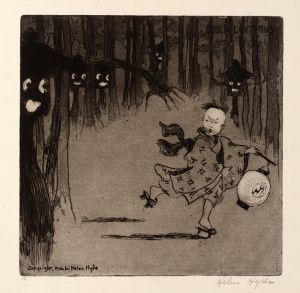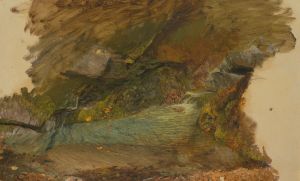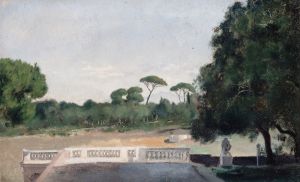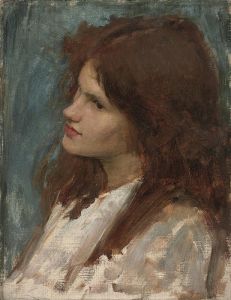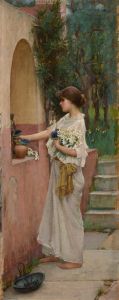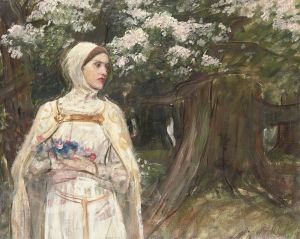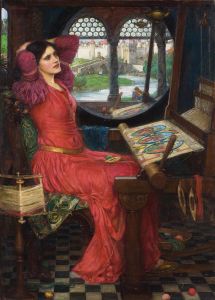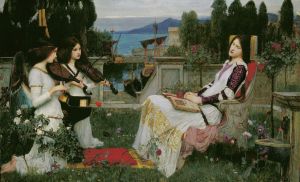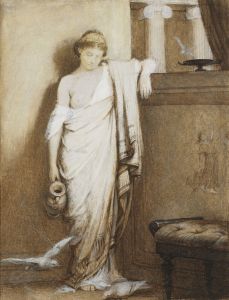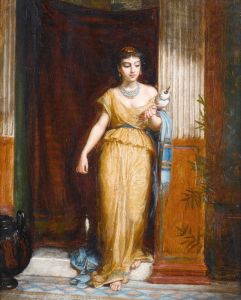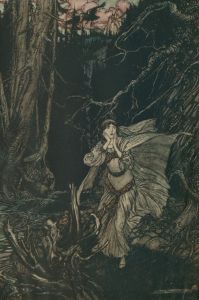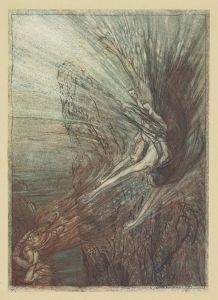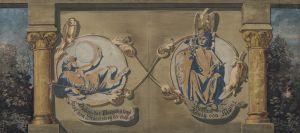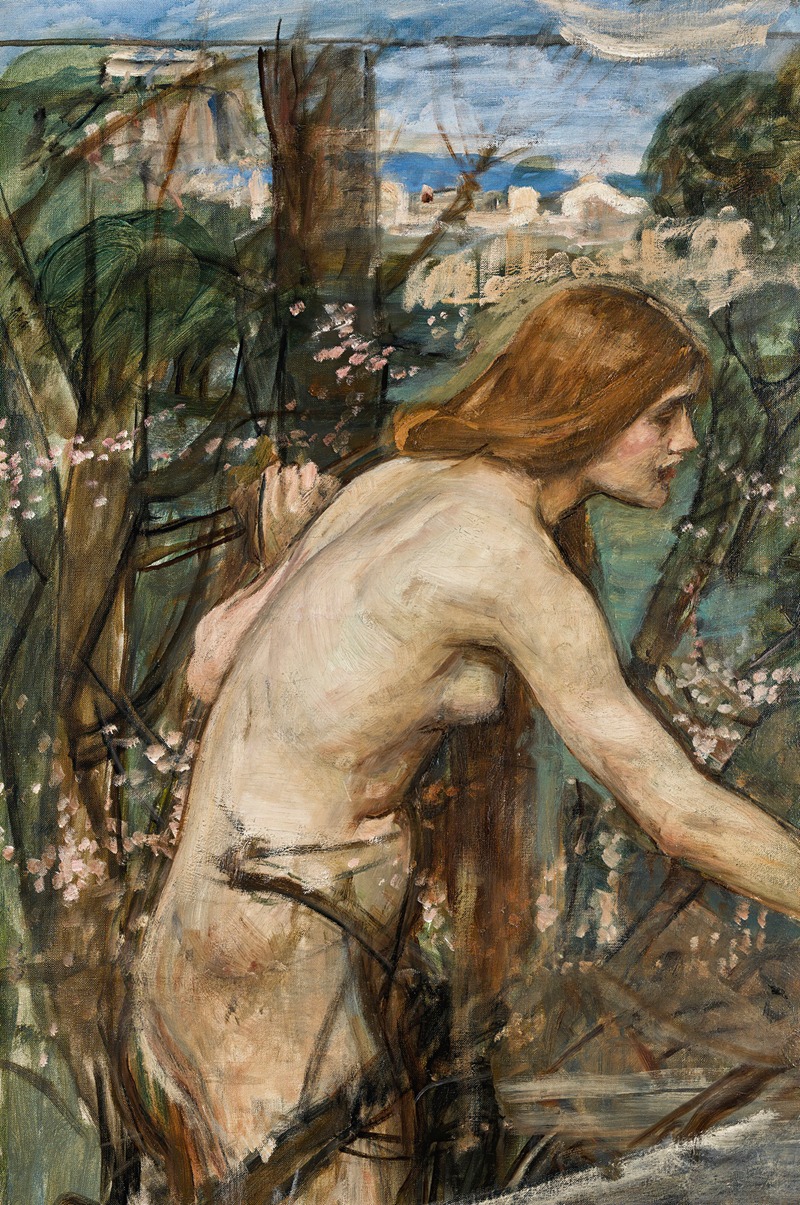
Phyllis
A hand-painted replica of John William Waterhouse’s masterpiece Phyllis, meticulously crafted by professional artists to capture the true essence of the original. Each piece is created with museum-quality canvas and rare mineral pigments, carefully painted by experienced artists with delicate brushstrokes and rich, layered colors to perfectly recreate the texture of the original artwork. Unlike machine-printed reproductions, this hand-painted version brings the painting to life, infused with the artist’s emotions and skill in every stroke. Whether for personal collection or home decoration, it instantly elevates the artistic atmosphere of any space.
John William Waterhouse was a prominent British painter known for his works in the Pre-Raphaelite style, which often depicted scenes from mythology and literature. One of his lesser-known works is "Phyllis," a painting that reflects his fascination with classical themes and his skill in portraying the human figure with emotional depth.
"Phyllis" is a painting that draws inspiration from Greek mythology. In the myth, Phyllis was a Thracian princess who fell in love with Demophon, the son of Theseus. Demophon promised to return to her after a journey, but when he failed to come back, Phyllis was heartbroken and eventually transformed into an almond tree. This mythological narrative provides a rich backdrop for Waterhouse's exploration of themes such as love, loss, and transformation.
Waterhouse's depiction of Phyllis captures the emotional intensity of the myth. The painting likely portrays Phyllis at a moment of longing or sorrow, reflecting the emotional turmoil she experiences due to Demophon's absence. Waterhouse's use of color, light, and composition would have been employed to evoke the mood of the scene, drawing viewers into the emotional world of the character.
As with many of Waterhouse's works, "Phyllis" would exhibit his characteristic attention to detail and his ability to convey complex emotions through facial expressions and body language. The painting would also demonstrate his skill in rendering textures, such as the softness of skin or the delicate fabric of clothing, which adds to the realism and emotional impact of the work.
Waterhouse's interest in mythological and literary subjects was part of a broader trend among Pre-Raphaelite artists, who sought to revive the detail, color, and complexity of early Renaissance art. They often chose themes that allowed for the exploration of human emotions and moral dilemmas, which were central to their artistic philosophy. "Phyllis," like many of Waterhouse's paintings, would fit within this context, offering a visual interpretation of a timeless story that resonates with universal themes.
While specific details about the creation and exhibition history of "Phyllis" are not widely documented, it is consistent with Waterhouse's oeuvre, which includes other works inspired by classical mythology, such as "Hylas and the Nymphs" and "The Lady of Shalott." These paintings often feature strong, emotive female figures and are celebrated for their beauty and narrative depth.
In summary, "Phyllis" by John William Waterhouse is a painting that embodies the artist's fascination with mythological themes and his ability to convey deep emotional narratives through his art. Although not as widely recognized as some of his other works, it remains a testament to Waterhouse's skill and his contribution to the Pre-Raphaelite movement.





